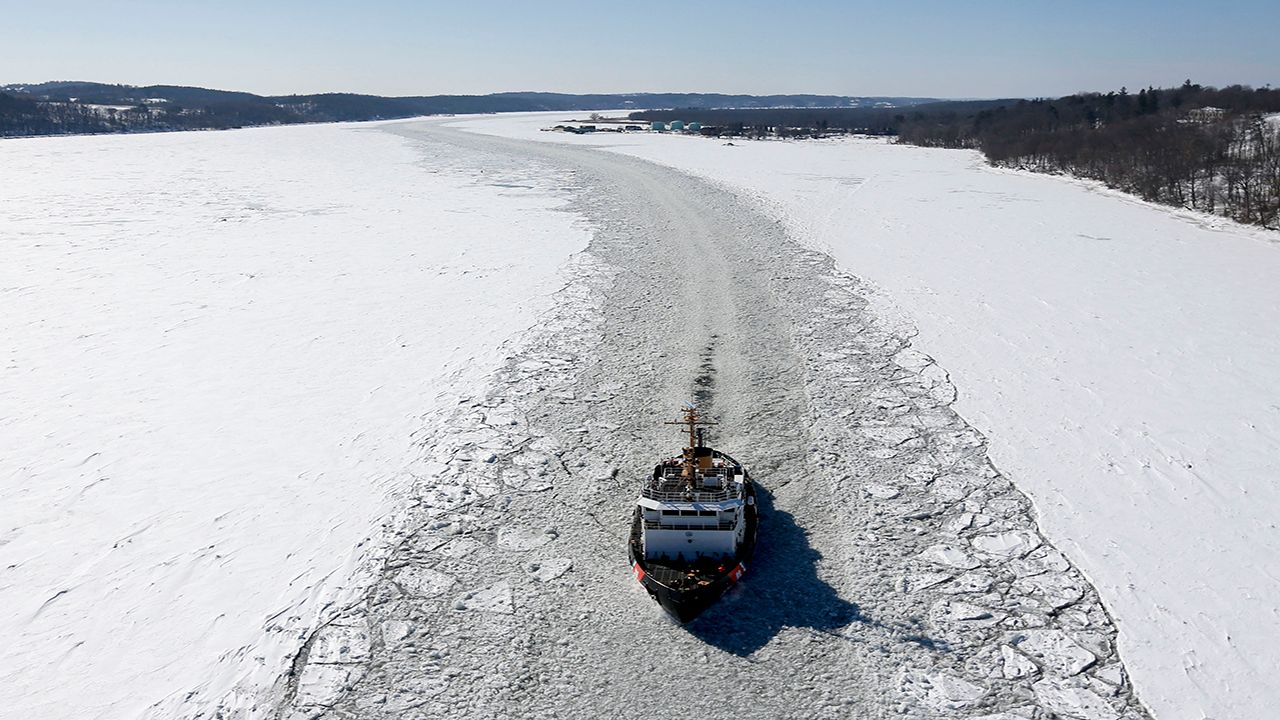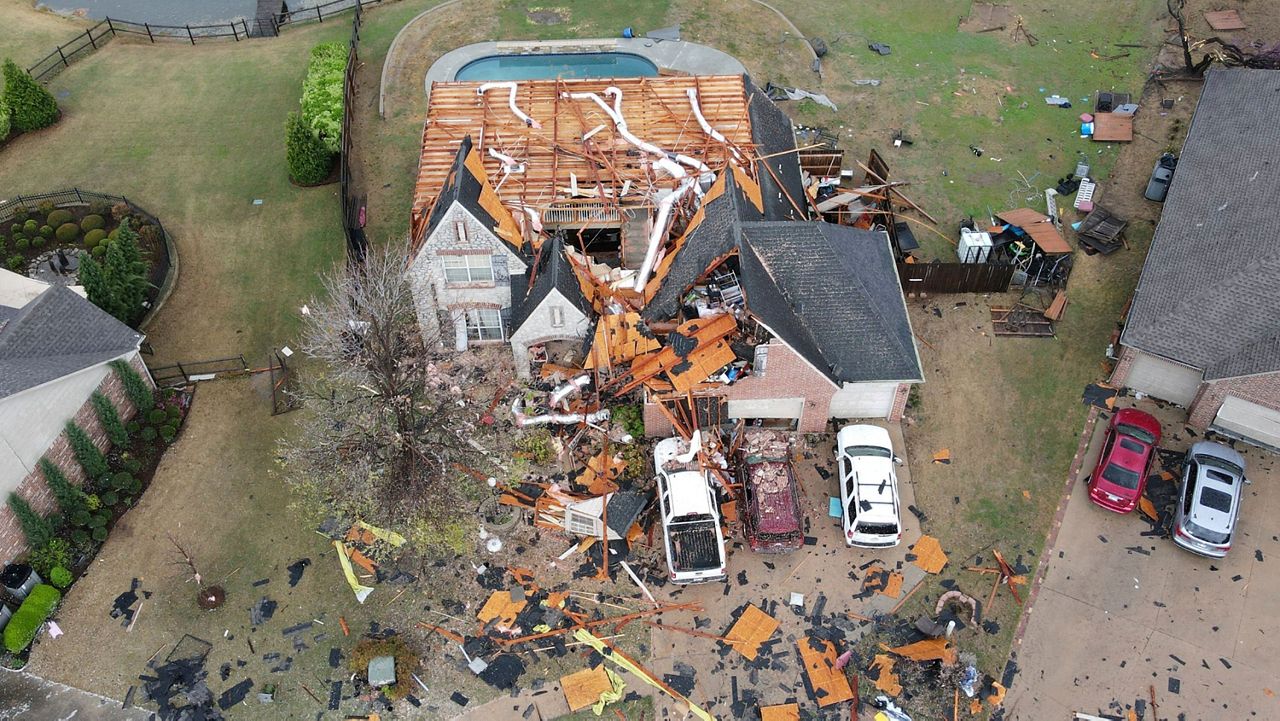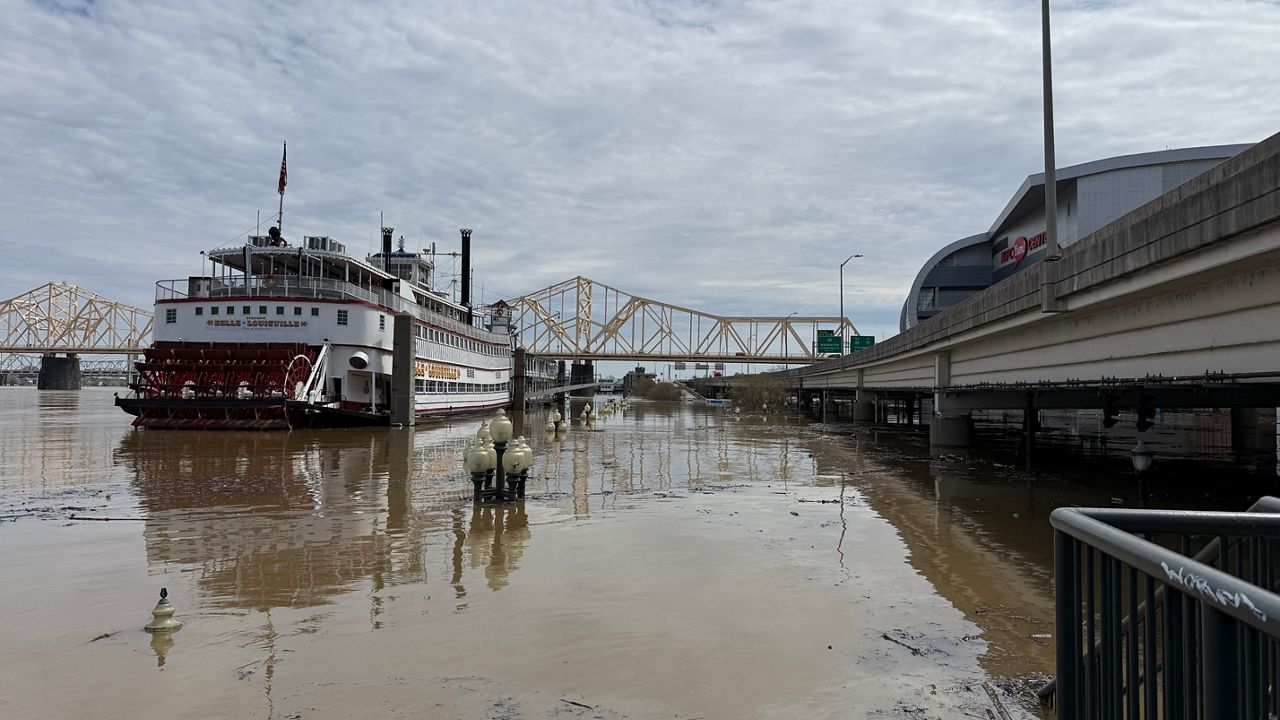Each winter, snow plows keep our highways clear, while in the Hudson River, Coast Guard icebreakers keep the river safe for commercial shipping. Here’s their story.
It seems like something that would happen at the North Pole, but each winter on the Hudson River, the Coast Guard deploys ice-breaking vessels. Without them, millions might not have heat for the winter.
The Coast Guard has a very important mission each winter.
From December through March, they conduct ice-breaking operations on the Hudson River and other waterways in the Northeast. They ram through ice up to 30 inches thick.
By making multiple passes through the ice fields, they break the frozen river into small chunks. This allows barges to navigate the frigid river and deliver vital supplies of home heating oil.
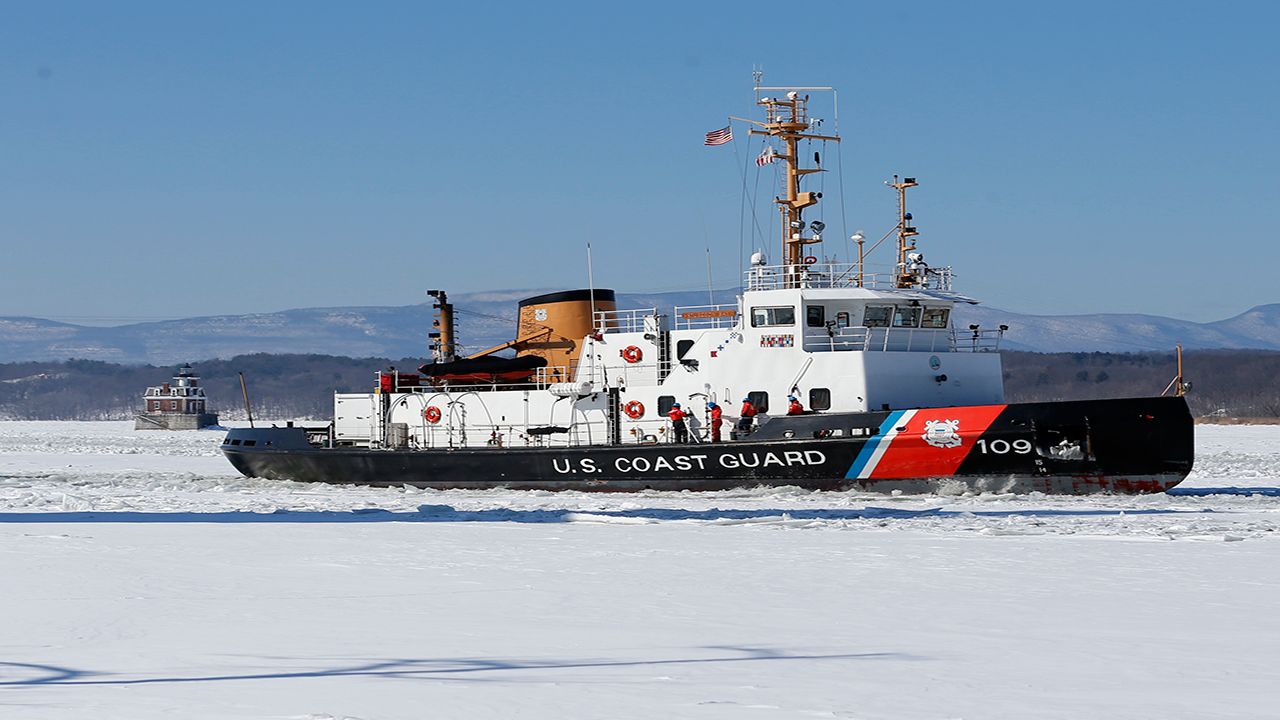
The fleet of ships operates from the New York Harbor and north to Albany, N.Y.
85% of home heating oil used in the United States happens in the Northeast, and the U.S. Coast Guard transports 90% of that on a river.
The mission each winter is called Operation Reliable Energy for Northeast Winters.
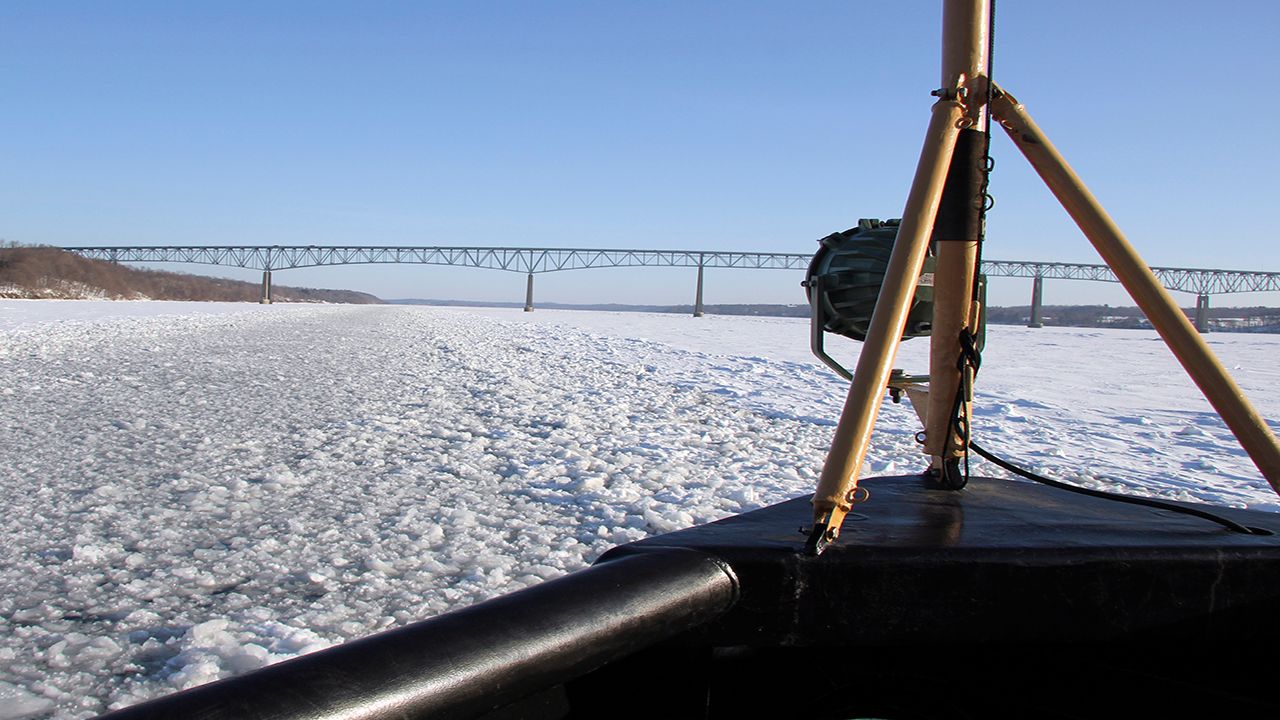
Other dry goods, like rock salt and cement, are also often transported by barge.
The ice is typically the worst where the river is narrow.
The West Point area is well known as one of these checkpoints, and it sees frequent visits from the icebreakers’ crews.
The Coast Guard has three 65-foot tugs and three 140-foot icebreakers in its fleet.
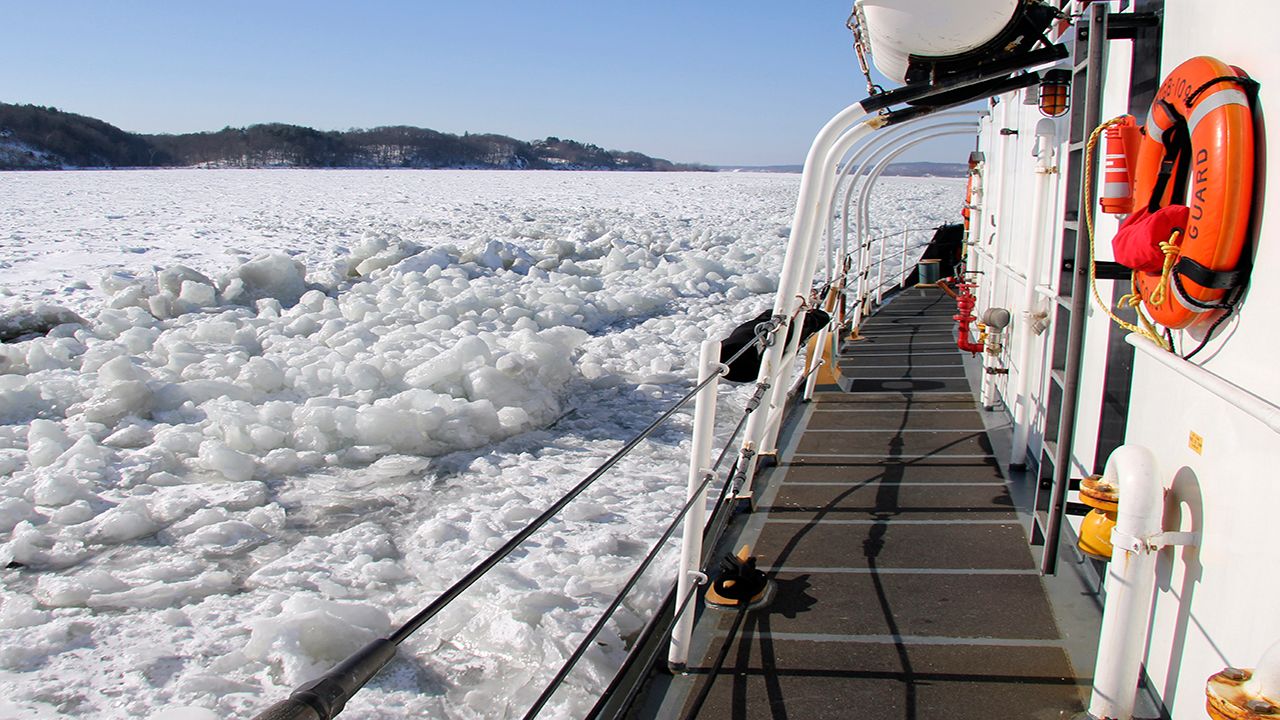
The job is tough. It’s noisy and conducted during the harshest winter weather. Temperatures can drop to the single digits, and the ice can refreeze in just hours.
In addition to the daily ice clearing assignments, the Coast Guard must also replace all the traditional navigational buoys each winter with special ice buoys. They can withstand the incredible pressure that the ice can produce.
Our team of meteorologists dives deep into the science of weather and breaks down timely weather data and information. To view more weather and climate stories, check out our weather blogs section.




